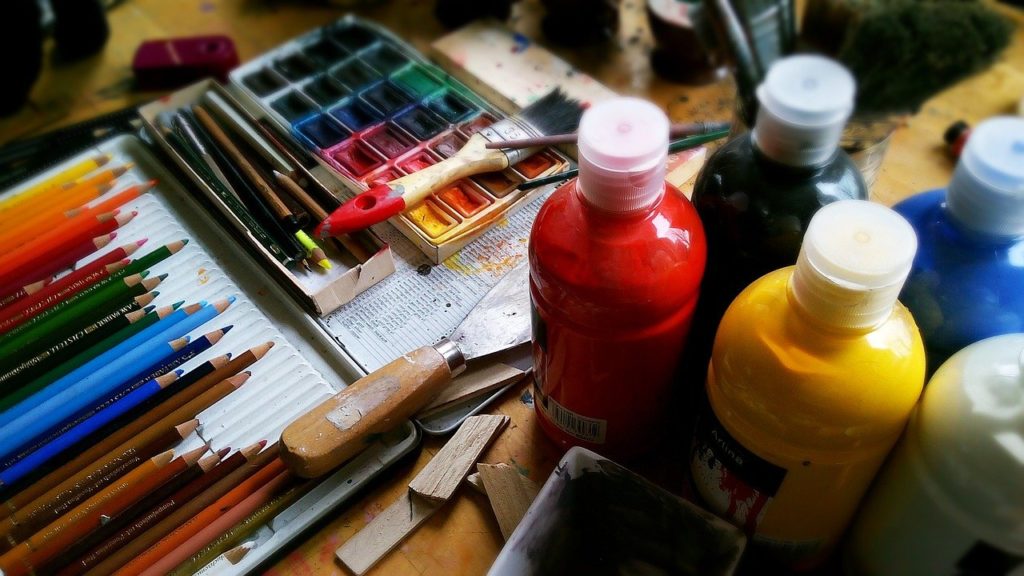That pile of offcuts in the corner of your garage could be gracing your walls – as a work of art! We show you how…
Quick project guide
Hard labor 2/10
Skill level 2/10
Time needed about four hours (excluding drying time)
Do it yourself for R120 (Board R65, glue and brushes R55)
Project notes
• You can use all the offcut pieces of wood gathering dust in the corner of our workshop to create this artwork, for instance. Very often the paint can also be left over from previous DIY projects.
• Start cutting your backing board to the required size – suitable for the space on the wall.
• Look for pieces that vary in size and thickness. You can position them in any way and paint them or use a paint technique on them.
Shopping list
• Half-sheet 6mm supawood (cut to 1000mm x 850mm)
• Wood glue
• Sandpaper
• Paint (whatever you have available)
• Wall plugs and coach screws
Tools
• Corded drill
• Jigsaw
• G-clamp
• Sander (optional)
• Hammer (optional)
• Scraper (optional)
• Paintbrush(es)
Get started
- Start by creating configurations with the existing lengths and shapes of wood. This will give it a varied look that is hard to create if you are cutting specific lengths. Position these randomly until you’re happy with the way the pieces fit together. Orientate the pieces to create texture and depth.
- Where pieces extend beyond the backing board or when they just don’t fit, use a tri-square or ruler to mark the exact length it should be.
- Clamp the pieces that need trimming firmly to your work surface before cutting to length with a jigsaw.
- Once you have the entire board covered, start experimenting with colors and where they should go. Dab a small amount of each color onto the blocks to get an idea of how adjacent colors will complement each other.
- Experiment with paint processes. Apply some colors using a cloth to create a color-wash effect.
- You could distress pieces using a hammer or scraper to create indentations and scuff marks, then add paint in layers and sand it to reveal the detail (see next step).
- After applying paint in layers, use a sanding block or sander to lightly sand the surface and edges. Apply varying degrees of pressure to expose the detail.
- We used sandpaper to remove paint from the edges to create a ‘beach house’ look.
- Once you are happy with your artwork, start gluing the pieces onto the backing board.
- Mounting your artwork (drill 8mm holes in the corners of your finished piece).
- Place the artwork in position on the wall. It may be heavier than you think, so an extra pair of hands may be necessary. Use a spirit level to make sure it is straight. Mark the position of the holes on the wall.
- After you’ve drilled the holes for the wall plugs, use a hammer to tap the wall plugs into the holes.
- Then hold the artwork in position over the holes and screw in the coach screws.

